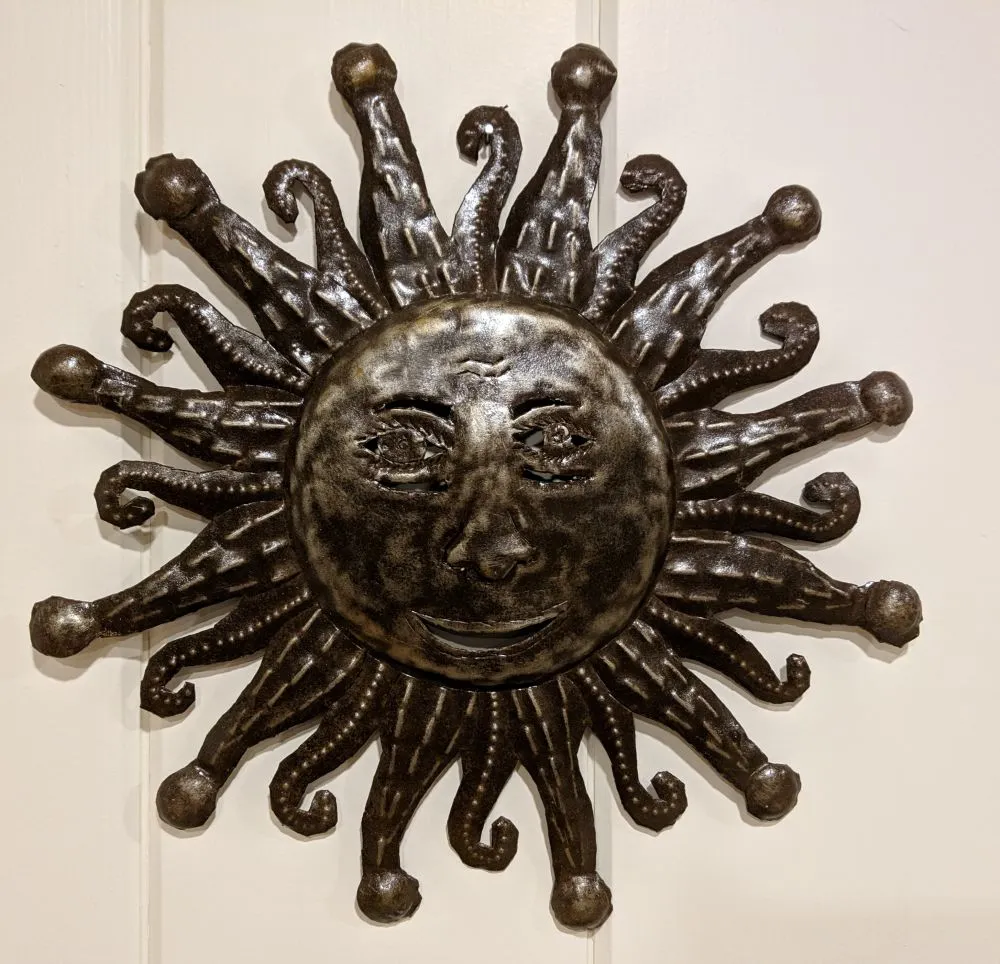- cross-posted to:
- android@lemdro.id
- technews@radiation.party
- cross-posted to:
- android@lemdro.id
- technews@radiation.party
cross-posted from: https://lemdro.id/post/2469210 (!android@lemdro.id)
So they figured out that a $130 Thunderbolt 4 100W E-marker cable is better designed than a $10 USB 2 60W cable? I think they should have looked at a cheaper high-end cable, like a 240W Thunderbolt 4 cable, to see how a comparable one compares.
This was my gripe with the write up as well. Like everybody, I’m interested in the least expensive option with similar features to the $130 option. Surely there’s something in the $20-30 range they could’ve studied?
This is basically an ad for CT machines, not anything scientific.
This article starts off talking about iPhones and USB C, then proceeds to scan a Thunderbolt cable. The iPhone 15 pro tops out at USB 3, not Thunderbolt.
The connector is not the cable. They should be comparing expensive thunderbolt cables to cheap thunderbolt cables, or expensive USB 3 cables to cheap USB 3 cables.
Interesting find that the cheapest cable is actually not the worst. Too bad the USB-C spec allows such a mess of speeds and charging standards.
I wouldn’t mind the various levels of there were a simple, consistent marking standard for speed and power rating.
Same feeling honestly but don’t forget that it still would take research to buy the right one. Think about SD cards and their various speeds. You still need a chart to make an informed purchase.
Sure. I think they could get a lot of mileage out of color/dashed bands to mark things on the cable like:
- supports display out
- voltage for charging
- high speed data
Each of those has a spectrum of support and could be marked separately. Maybe they put it on the connector, or maybe on the head, IDK, but something on the cable somewhere so you can find it in a box.
Then repeat for your device, either next to the plug or in software. That way you could go look for the markings you need from the device on the packaging of the cable. I’m sure someone can devise an intuitive UX here.
That should be a hard requirement for advertising USB compliance, not an optional thing.
In a world of honest actors this is brilliant.
In a world of AliExpress that’s just another way to lie.
AliExpress products will always lie, that’s a constant. The important thing is for people buying stuff from reputable brands. If there’s an issue, people will usually blame the sketchy brand, regardless of the claim.
To be fair to AliExpress reputable dealers are plenty, they’re just hard to find amongst all the rubbish. I had an amazing experience buying from some dealers, with significantly better follow-up support than what you’d receive in the west.
Yup, the only time I buy stuff from AliExpress is from a recommendation from a friend with a direct link. There are great deals to be had, but tons of crap. Sometimes it’s worth the gamble.
Colored bands is brilliant.
It’s also obvious, not sure why it isn’t a thing. For example:
- orange band means it supports “fast charging” and a number indicates the voltage supported
- black indicates “high speed” data, and a number indicates the speed
- green indicates display out, and a number indicates resolution
So you’d have a colored band always at the same spot (for color blindness), and a number on either side of the plug in the color band. Maybe use Roman numerals so it’s easier on the eyes. No color band would indicate basic features (5v charging, slow data transfer, no display out).
Previous USB standards also used colors on the plug to indicate speed, so it fits right in.
They do have standard icons for them, but it’s not required to use them. Companies like Apple are a problem case there since they value a clean look over information, random Chinese brands sometimes use them.
That is part of it, but I kind of feel like PCs and phones need better reporting to the user, if adequate data is accessible to the host.
If I’m being bottlenecked in thoughput by speed or in power by the PD capabilities of a cable, I’d like the host to tell me if it can figure that out.
There are like 5 speed and 5 power levels. The only alternative is all cables are stupidly short and expensive.
As of USB-PD 3.1 there are now nine fixed voltages - 5, 9, 12, 15, 20, 28, 36, and 48V - and two variable-voltage modes; PPS with 3.3 - 21V in 0.02V increments, and AVS with 15 - 48V in 0.1V increments.
Combined with a few different current limits, some of these features being optional, and then doubling down with what your cable does or doesn’t support, amazing anything gets charged at all.
Not to mention unhelpful names like “full speed”, “hi-speed”, and “super speed”.
deleted by creator
It’s also easy to forget that degradation on the highest spec cables is pretty severe. A 1m full spec thunderbolt 4 cable can be made dirt cheap but there extremely limited 3m cables to the point that $160 is reasonable despite it sounding silly
So I’m ignorant here, but what is the spec difference between the supplied iPhone USB-C cable and the one that comes with the newer MacBooks? I never bothered to look, but I did mark the one that came with my MacBook as I assumed it was higher rated than some other cable (although I still just charge with the MagSafe adapter anyway).
I wish they tested some other high quality but not as expensive cables against apple’s instead of the total junk ones. Baseus or something.
I’ll give them props for the scans, those are cool. But c’mon, this fanboi is comparing specs of a thunderbolt 4 pro cable to a USB 2 from 1996. Granted, not much changes except speed and capacity but those two things take up a big part of this op-ed.
The whole point, as I get it, is that those fancy cables are proprietary. The tech and circuitry embedded in the TB4 cables should be in the charger, phone, computer, etc. A cable should just be a cable.
That’s not really possible. With such a wide-ranging standard as USB-C, the cable needs to report what it can support. Without E-marker chips, for example, there would be three possible results: no cable can charge quickly, every cable is thick, short, and expensive, or cables catch on fire frequently. Cheap cables that don’t support all of the extra features are just cables, but the good ones need to let the computer know what they are capable of.
USB-C era has begun a long time ago, Apple fans waking up from their bubble
You do know that Apple was involved in the development of USB-C (about a quarter of the people working on it were from Apple) and was one of the first companies to put USB-C on a laptop (in 2015) ?
Involved doesnt mean they implemented it fully (until now).
I remember it being fully implemented on my MacBook. What exactly was missing?
iPhones.
The vastness of the ecosystem built around Apple products cannot be understated. You can’t just change the iPhone port every few years.
Ditching the 30-pin adapter created no small degree of controversy. Though the device itself got favorable reviews, the New York Times’ tech columnist at the time called it “not just a slap in the face to loyal customers” but a “jab in the eye.”
The Lightning connector was introduced on September 12, 2012, with iPhone 5. And there was so much controversy around it that they publicly committed to using it for at least 10 years.
The USB-C spec was not finalized until nearly two years later, in August 2014.
I can’t fault a company for activity committing to a decade of compatibility with peripherals. And I certainly can’t fault them for avoiding the disaster called Micro USB.
True, because they already had a better connector for that specific use-case. But USB-C and Thunderbolt have been implemented on MacBooks for ages.
iPhones were missing (until now)
So what? They didn’t implement the port on the iPhone until recently. When did USB-C come out again? …
So? They implemented it fully on their laptops.
Oh right, i forgot Mac’s are primarily used for making phone calls, texts, are kept in pockets when traveling, and USB-C is mainstream now so charging is a breeze, but screw iphones ami’rite?
What does making phone calls have to do with anything?
And who even uses a cable to charge their phone? I can’t remember the last time I used a cable to charge my phone, it’s probably years ago.
Come on man. The talk has always been about apple not implementing the industry standard charging port on their phones. It goes back to the 30 pin days. They just want to make proprietary items for mad profits and milk it until all sheeps wake up.
Both the 30 pin connector and Lightning were much more capable than the ‘industry standard’ at the time they were introduced.
I use cables every time to charge my phone. I hate wireless charging, so I keep it simple with a cable.
Apparently, you didn’t read the article.
The header is silly and clickbaity as fuck. If they wanted people to read the article for what it is, maybe they should rethink their practices
I didn’t read the article either. What’s it about?
Something about Apple? I guess?
They scanned a Thunderbolt cable with a USB C connector. No iPhones have a thunderbolt port. In other words, this is the cable Apple makes to support its Macs. And Apple has had C-only connectors on Macs since 2015.
Removed by mod
In this thread: people shitting on Apple for not implementing USB C. No one talking about how they make an impressively engineered, although very expensive, cable.
Which is what the article is actually about.
I don’t know how impressive it is unless it gets compared to a cable with similar features, of which there are many… at a fraction of the cost. So it would be excellent to see the same scans on a £30 cable to see just how over engineered the Apple cable may or may not be.












